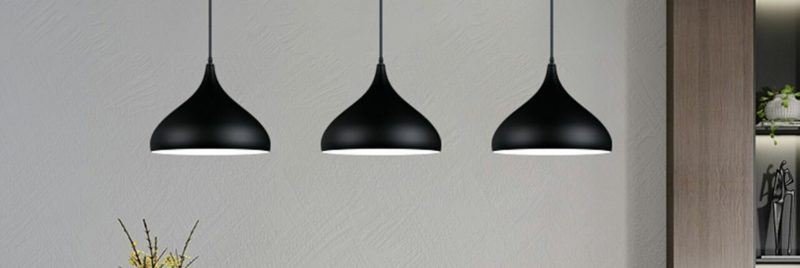If you are looking at improving your indoor lights, and specifically living room lights, then we’ve compiled a few questions, all in one place, so that you can focus on choosing the best option for you.
Without further ado…
They certainly help but it’s worth remembering that modern living rooms do not need a lot of lighting. An LED lighting strip to create an overall glow that can act as mood lighting, is a popular option. Our selection here should provide you with plenty of suggestions.
Small living room lighting isn’t just about picking light fittings with the right proportions.
Lighting can make or break a room and its look, and as stylists and interior designers will often tell you, there’s no space where it matters more than in multi-tasking living rooms.
Before you buy your indoor lights, it’s worth considering the budget, theme, layer lighting, room requirements, measurements, and any new technology that may be introduced further down the line.
LED Downlights have the ability to provide your living room with a relaxing, warm feel, which is why they are so popular in some homes. Many of the downlights we have are perfect for unobtrusive, subtle lighting when you want to relax, or when you are hosting a party or gathering.
This would depend on the room type and what it is usually used for. Generally, a living room or bedroom will only need 10-20 lumens per square foot. Roughly.
A bathroom and/or a kitchen space will usually require a far stronger level of lighting – 70-80 lumens per square foot.
The lighting layout brings together the fixture locations with return grilles, diffusers, speakers, sprinkler heads, and other structural elements.
This includes lighting inside the home and often in the garage area too.
Try if you can to avoid making shadows. The next trick is to place your downlights evenly across the room so that you can create a more balanced look. It’s usually recommended that you divide your ceiling height by two in order to give you the space required between each downlight. So, for example; if your ceiling is 10 foot high, then position your lights five feet apart.
LED GU10 and LED MR16 spotlights can provide some extra glow if you think your living room requires some additional light.
Make sure that you add in some different light sources to warm up the space. Wall lights and floor lamps are excellent options. Oh, and if you make your spotlights dimmable, then even better!
If you have a question about this blog, then get in touch with a member of our team today.



